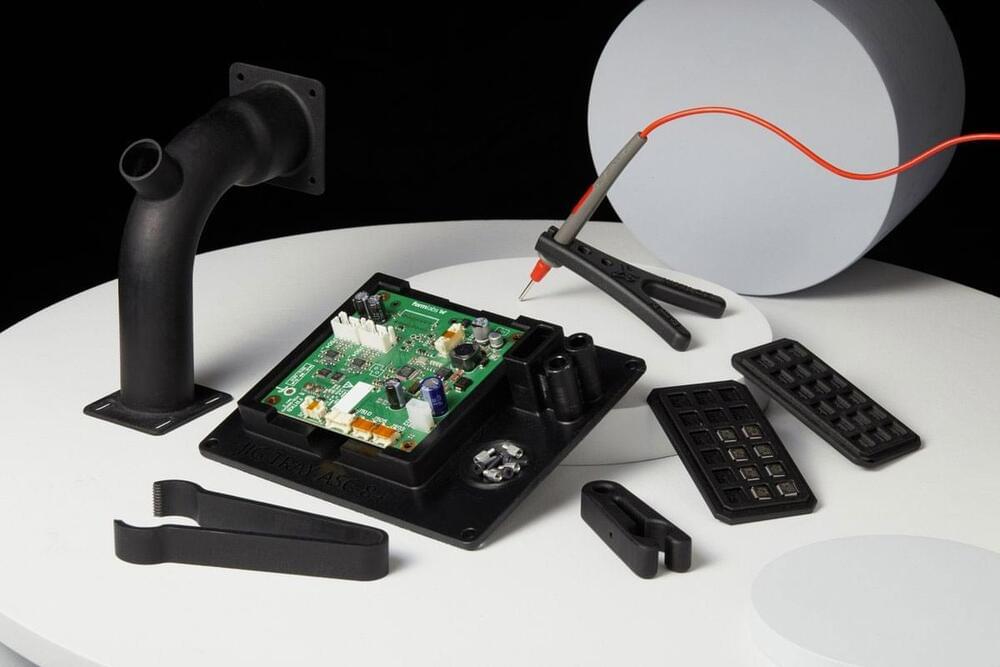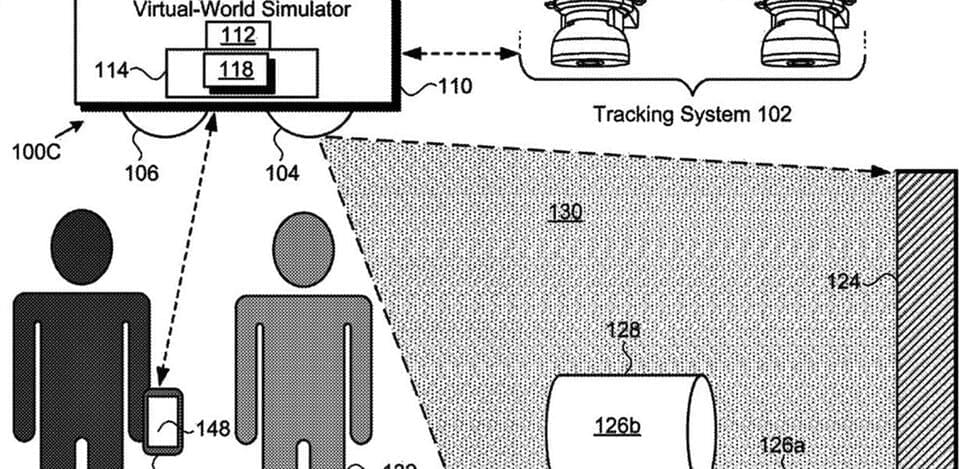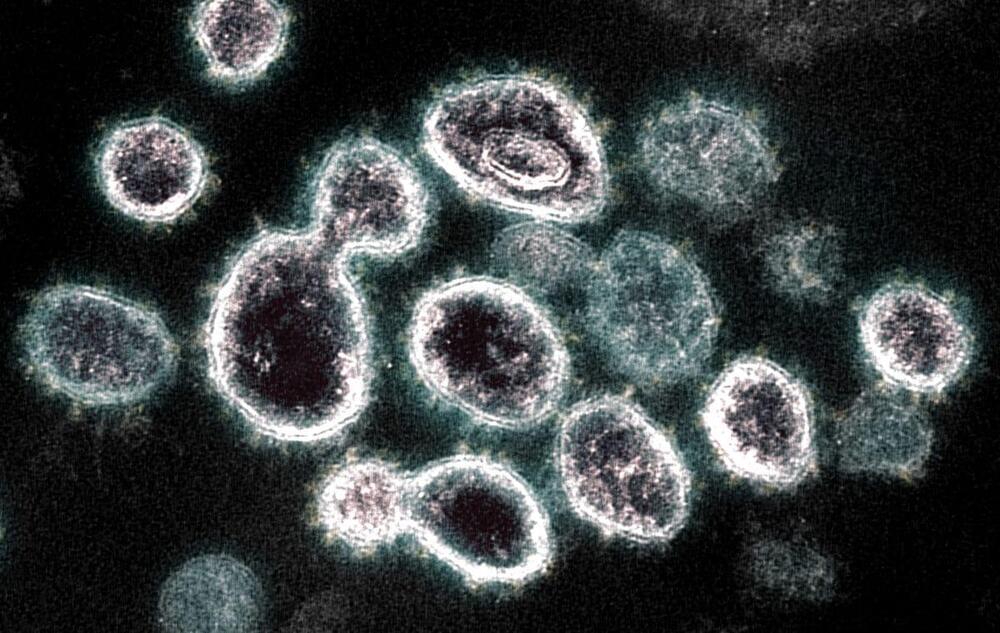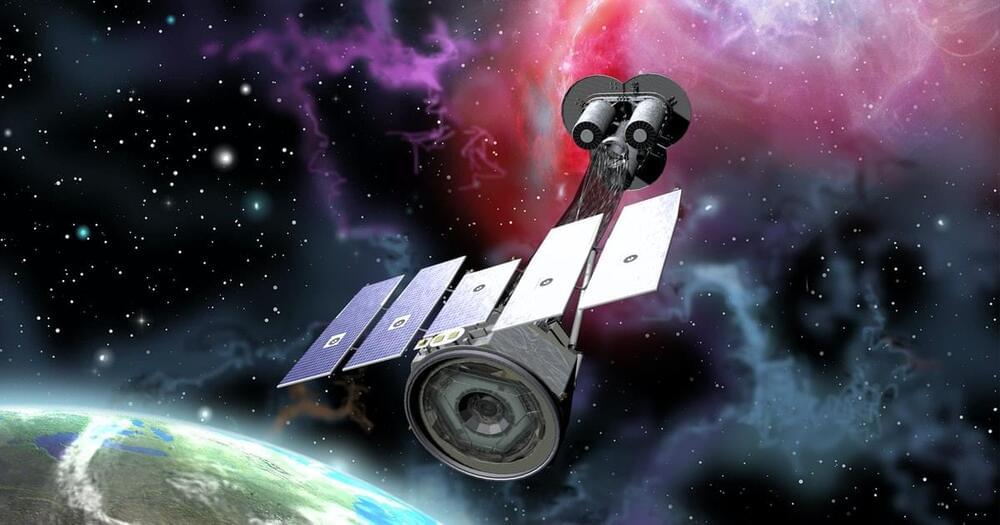Formlabs, one of the few companies to turn 3D printing into a useful, real-world tool, is here at CES to show off two new printers. The Form 3+ and 3B+ are updates to the models it launched in 2019, with these units described as its “fastest 3D printers to date.”
New for 2022 include higher-intensity lasers, new material settings and faster, more durable hardware, with a promise of 40 percent faster prints. It also comes with the Build Platform 2, an updated deck for manufacturing that makes it easier to remove prints when they’re done.
At the same time, the company is showing off ESD Resin, enabling you to build components that dissipate electrostatic discharges. This should, Formlabs hopes, open up new opportunities for prints that can be used inside the electronics industry and other high-tech operations.







